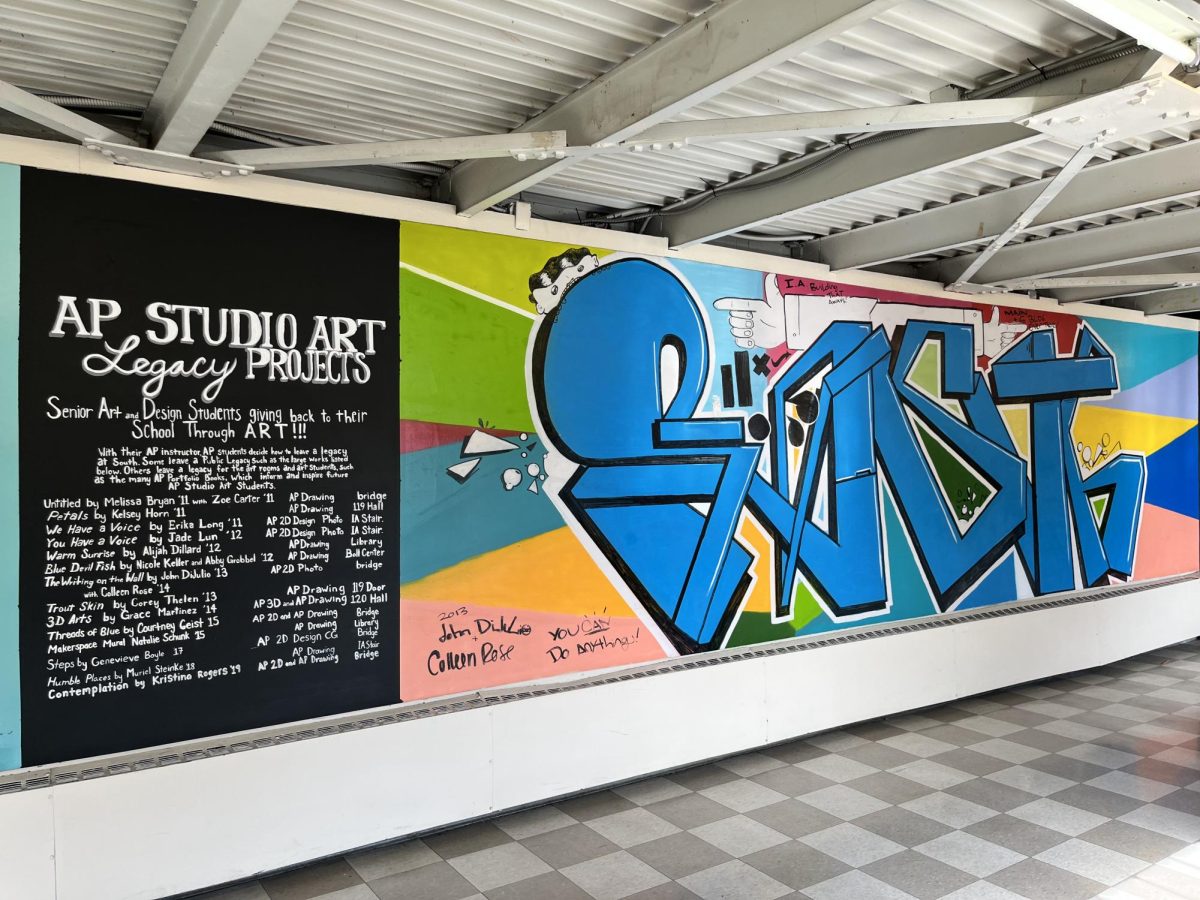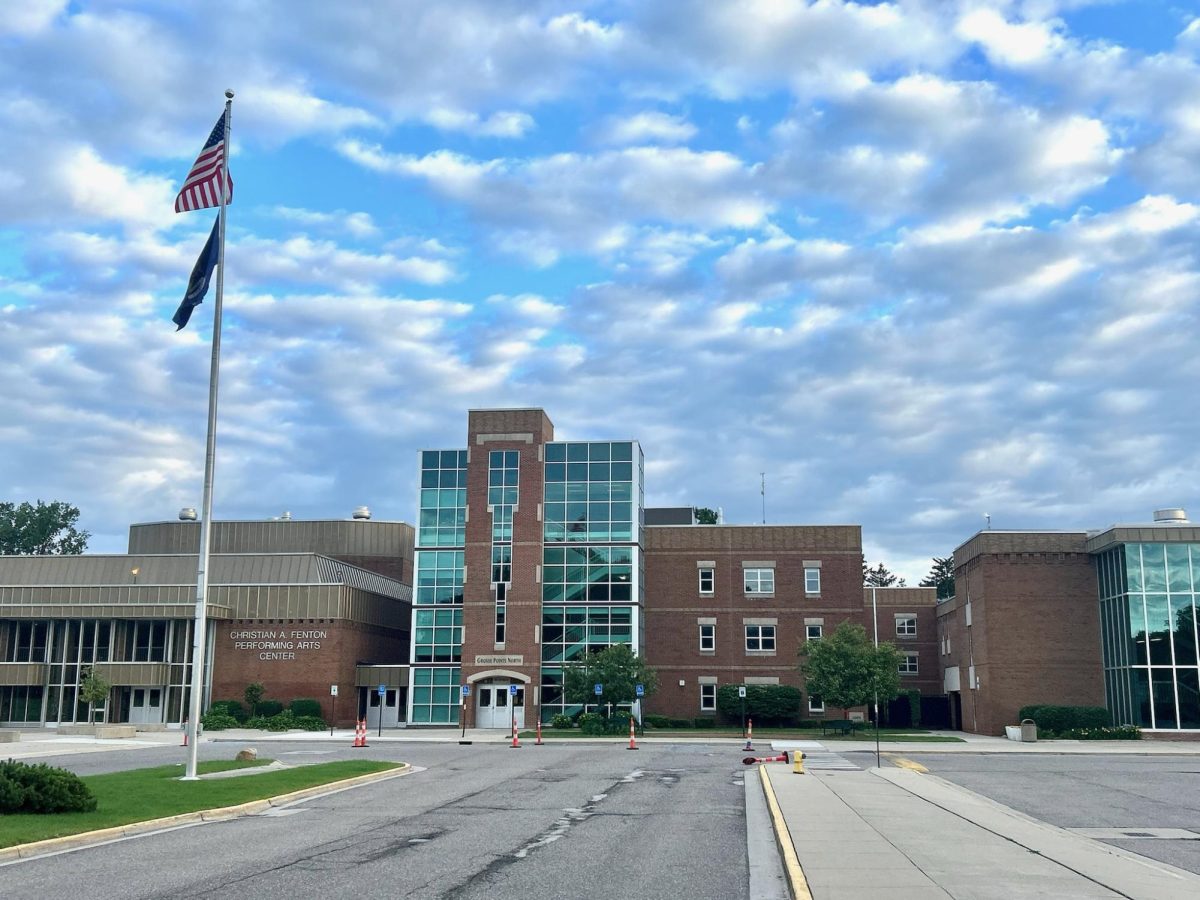While not typically in practice, flipped classrooms are a functional way of learning and helpful for every class. Essentially, students take notes and learn the lesson at home and come back the next day with questions and time to do homework. It’s more hands-on, engaging and easier to work through things students are wondering about. So the question is, why aren’t flipped classrooms used more frequently?
With flipped classrooms, students have more control over their learning. Instead of sitting through the same lecture everyday, students are able to learn the material on their own time and use their own study habits. With this, they can devote in-class time to asking questions related to their own learning and use the remaining time to continue studying or finishing up homework. There is no such thing as “getting behind” in a flipped classroom, as all the resources are easily accessible.
With flexible resources, students can learn from anywhere. If somebody has missed a day of class, they can learn the lesson at the same time as everybody else: after school. The student can also come back the next day with questions they had regarding the previous days of learning that they may have missed, allowing them to keep up with the rest of the class.
Flipped classrooms are perfect for those in more advanced classes, such as honors and AP. Those students typically have more responsible study habits and therefore will be on top of their lessons. They will also be more attentive as they don’t need to be forced to be awake during a lecture, but can rather ask questions about what confused them. It also leaves more time for in-class studying and discussion regarding AP tests and prep.
While it takes some adjusting, flipped classrooms can be seen as the future of learning. As we continue to adapt as a society, so should our teaching habits and instruction.












































































